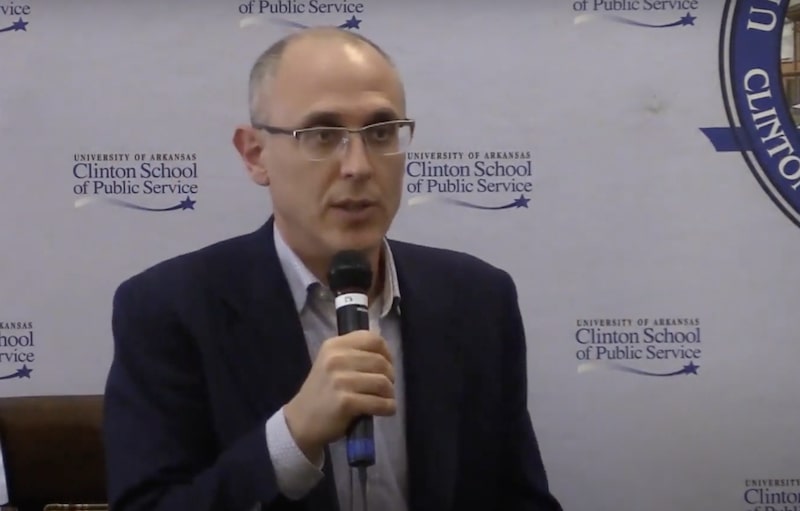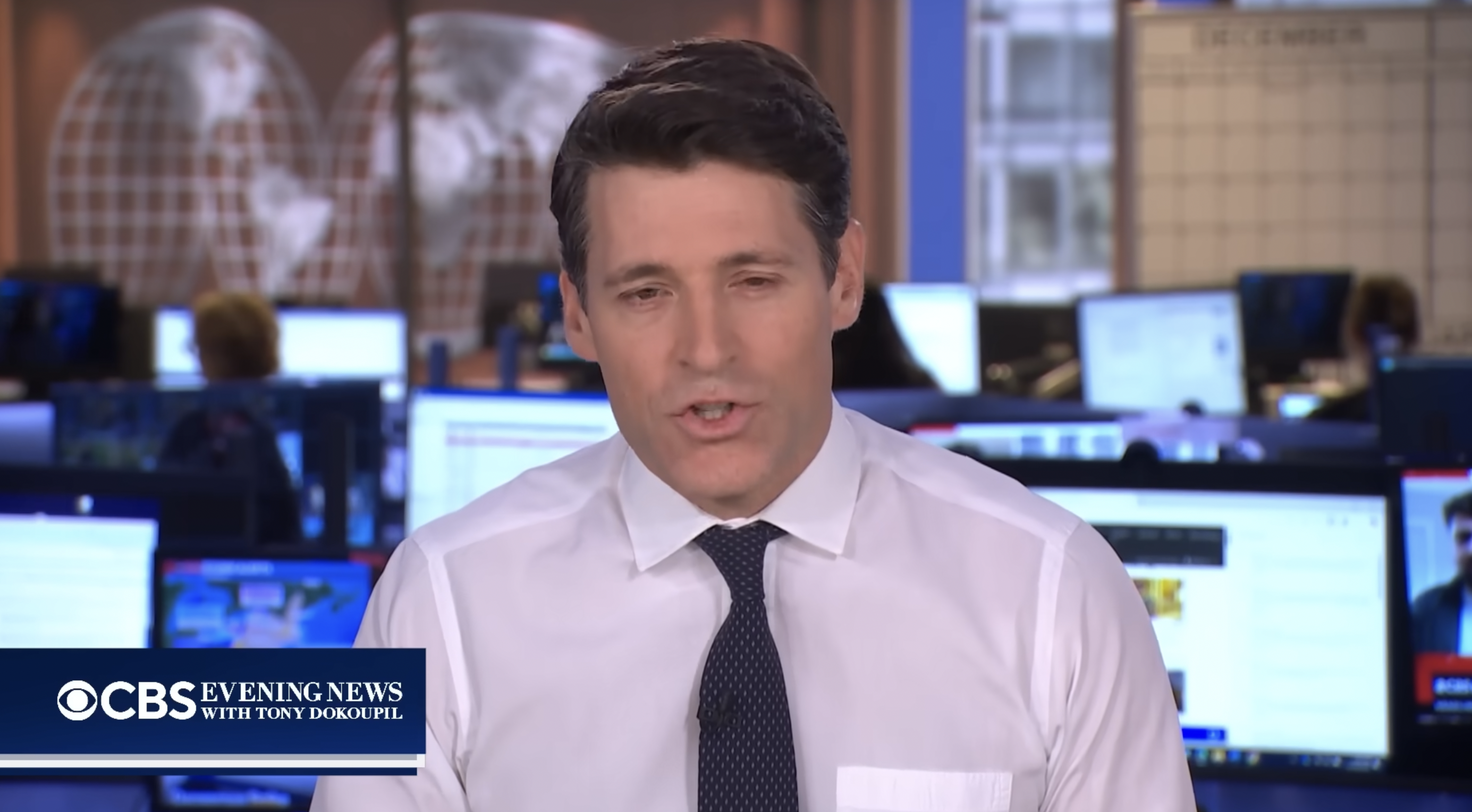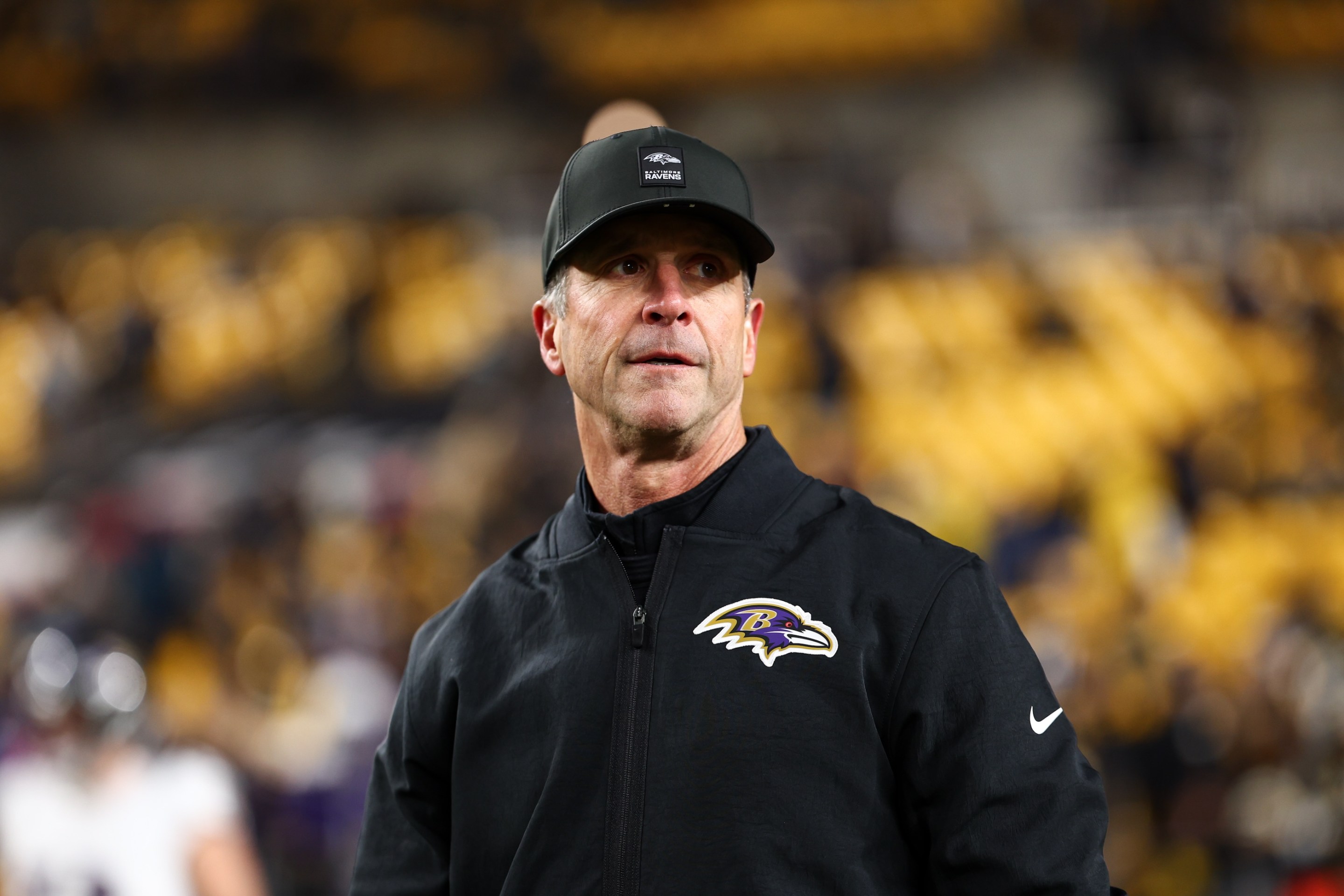On Feb. 5, a media reporter for The New York Times called me. She’d received a tip that the day before, my boss at The Believer magazine, Josh Wolf Shenk, had exposed himself on camera during an all-staff Zoom meeting. Yep, I told her—I was there, I had seen it, I had things to say. Her questions focused on the incident: What exactly was exposed? Did I think the exposure was intentional? Was he—apologies to be so forthright—erect?
I answered her questions. Yes, he was unclothed. No, it appeared unintentional. But in answering, I tried to direct her questions to the context surrounding the incident. This is what is important to know, I said: No one was surprised that the person who had done this was Josh. Probably no one could have predicted that he would deliver exactly this scenario, but to make such thoughtless choices? To show such casual, oblivious, and harmful disrespect for his employees? Yeah, that was Josh.
“I’m surprised, but I’m not surprised, you know? It tracks. He betrays himself in his Zoom behavior,” a colleague told me on the phone after it happened.
The Times didn’t end up running the story. A few days after our conversation, the reporter informed me that her editors had spiked it due to a lack of newsworthiness. “They don’t feel it’s enough of a story for us at this point unless something else happens, such as Josh gets fired or suspended,” she wrote in an email. For the staff, this decision communicated that what happened to Shenk was the story of value, not what happened to them; the story worth telling would be about one man’s scandalous, humiliating—and, shall we admit it, pretty funny—loss of power, not the effects on those he harmed.
Shortly after, Shenk was placed on paid leave from his dual positions as editorial director of the Black Mountain Institute and editor-in-chief of The Believer by his employer, the University of Nevada Las Vegas (UNLV). He continued to retain his titles for almost two more months.
During that time, staffers who had been present on the call resolved to seek accountability from Shenk for his actions. But we found that every path available to us was intimidating or discouraging. The university had issued a silencing order from the Dean’s Office at the college of Liberal Arts directing employees not to talk to the press or make public statements. If we wished, they said, we could file sexual harassment claims through Title IX, a process so laboriously complicated—I got on four or five calls with investigators before I began to understand it—that at least three people, including me, ended up formalizing a complaint, though more had initiated. Going through with a complaint, too, would have required me to give testimony against Shenk face-to-face. (Due to the pandemic, this hearing would have taken place on a video call—the same setting as the harassment event—which undoubtedly would be triggering for some.)
A formal Title IX investigation was on the cusp of launching when Shenk quietly resigned on March 24. Then, last week, a books reporter for the LA Times broke the news of the Zoom call in a baffling article that regurgitated a version of events provided by Shenk’s advisor, who described an “incident”—what exactly had happened the language only hinted at—that was the result of some wacky mishaps:
According to Ira Silverberg, a literary agent and editor who is acting as Shenk’s advisor, Shenk was soaking in a bathtub with Epsom salts during the meeting to alleviate nerve pain caused by fibromyalgia.He had chosen a virtual background to mask his location and had worn a mesh shirt. When Shenk’s computer battery died, he got up to plug it in, believing the camera was off. But the video kept running. According to Silverberg, Shenk reported the incident immediately.
LA Times
The article did not quote anyone else who had been present, and so there was little room for Shenk’s exposure to be interpreted as anything more than an unfortunate mistake. Staffers were incensed. “This article is all he needs to get himself another job where he can endanger people,” a colleague wrote to me. This was the first we were hearing about a bathtub, and several other details in the article seemed to be acting as convenient distractions; for instance, the “mesh shirt” Shenk was supposedly wearing had appeared on screen to be a normal-looking white t-shirt.
More puzzling, I knew that the LA Times reporter, Dorany Pineda, had spoken to several sources on staff. When I asked her what the deal was with her article, she informed me that while she had heard negative allegations against Shenk, she and her editors had decided not to include them. Readers, she felt, could understand that Shenk’s account of his actions was absurd. (A spokesperson for the LA Times stated that Pineda’s article was an “initial report” and that the paper is continuing to report the story.)
Relying on the public to see through the narrative offered by your own article strikes me as an odd strategy. And in fact, several commenters on the article seized on the fact that nothing negative from the staff had come out against Shenk in order to defend him. Predictably, the article fed right into the Twitter controversy machine, prompting a misguided debate as to whether or not a man should lose his job over an embarrassing mistake. Readers sympathized with Shenk’s innocent error, concluded that the situation wasn’t analogous with other abuses of power, or bought the implicit argument presented in the article that to hold Shenk responsible was ableist.
The public conversation, of course, entirely missed the point. Actions carry different meanings and different degrees of harm within different contexts. If staffers had had no prior history of being mistreated by Shenk, we might not have experienced this incident as abuse. If Shenk had been a good boss, we would not have expected his resignation. And yet we did, we did.
For those who knew what it was like to work with Shenk, this context was inseparable from the act. But the press coverage had focused its attention solely on the individual event, leading to debates about intention and degrees of transgression that obscured the real animating forces behind Shenk’s workplace abuse, which existed on the institutional level and were bound up with pay and power inequities.
On Monday evening, a group of current and former employees—anonymous because they fear retaliation—published an open letter on Medium to state that Shenk’s exposure was the culmination of a long history of questionable comportment and emphatically not an isolated incident, writing that they’d witnessed “a years-long pattern of inappropriate and disrespectful behavior that belies a chronic lack of care and concern for the comfort, boundaries, and safety of the staff.” The letter was purposefully broad in its description of Shenk’s actions, avoiding specific details or incidents that could be traced to individuals and instead inviting corroboration from those who had experienced the same but did not currently have jobs on the line. As we knew, a whisper network warning workers and students about Shenk’s behavior stretches back years at UNLV.
The letter was an extraordinary act, given that the workplace culture created by Shenk had made applying collective power very difficult. The employment structure isolates staffers. The Black Mountain Institute is based in Las Vegas, while The Believer operates remotely, and poor communication and intransparency were common complaints under Shenk. There were gaping pay and labor disparities between us. Having never experienced a common voice, it was difficult for staffers to suddenly mobilize as a group, or for any one person to feel comfortable leading an action on behalf of all. Mistrust was endemic.
But the staffers needn’t have made themselves so vulnerable to get their story out in the first place. Reporters could have done that job relatively straightforwardly, investigating a tip about a man’s exposure, speaking to Shenk and the workers who were present, and publishing a contextualized account of what happened. Instead, the failure of two national media outlets to do so validated the fear many of the most vulnerable staffers already had of talking to the media.
In my experience as an editor and a journalist, media institutions commonly use their resources not to interrogate the power systems in place within workplaces, but to prop up and validate them. Standard journalistic protocol dictates that vulnerable sources expose themselves to the public to gain a level of credibility that is automatically extended to those in positions of power. This is not the first time I’ve seen a story about my own workplace pass along the narrative offered by those at the top, while failing to speak for those who have most to lose. In a recent New York Times column, Ben Smith celebrated Harper’s, repeating a mythology the magazine has always told about itself—that quality writing is worth the cost of worker exploitation. (I was previously an editor at Harper’s.)
As I worked through all this over the past three months, I remembered an evening in 2019, a year into my position at The Believer, when I ran into an old colleague at an awards ceremony. She had some inklings about the disorder at the magazine, and when I confirmed it, she winked at me. “You have a talent for choosing dysfunctional workplaces,” she said. It was a clever joke, though I wish responsibility wasn’t placed on workers to avoid dysfunction, but rather on institutions to stop creating and condoning it. The sad reality is that in the media and literary worlds Shenk’s behavior is not exceptional; it is commonplace, and even widely accepted. If finding dysfunction is a talent, it’s one that is too widely shared.






